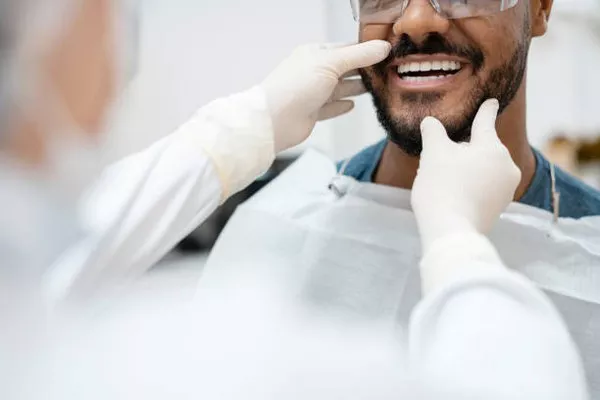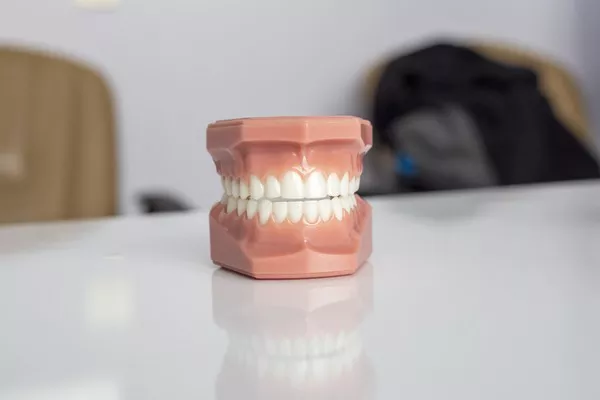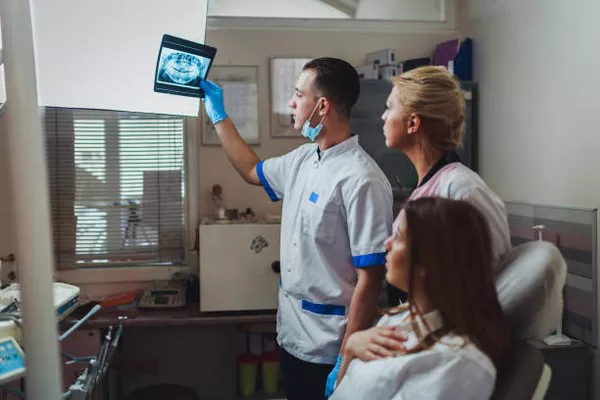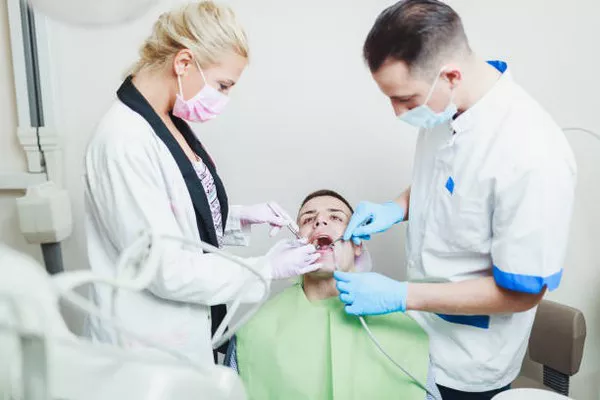Maintaining healthy teeth is essential to our overall health and well-being. Yellow teeth and plaque buildup are not only aesthetic concerns but also indicate poor oral hygiene. Plaque is a sticky film of bacteria that can accumulate on teeth, leading to tooth decay and gum disease. Discoloration or yellowing of teeth can be caused by various factors such as aging, genetics, smoking, poor diet, and certain medications. While some level of plaque buildup is normal, excessive plaque can cause serious dental issues. This article will discuss how to get rid of plaque and yellow teeth.
Understanding Plaque
Plaque is formed when bacteria in your mouth combine with saliva and food particles to create a sticky film on teeth. If not removed through brushing and flossing, plaque can harden into tartar, which is much more difficult to remove. Tartar buildup can lead to periodontal disease, which is the result of a bacterial infection in the gums. Common symptoms include bleeding gums, bad breath, and receding gums. The following are ways to prevent plaque buildup:
Brush Twice Daily
Brushing your teeth twice a day is the most effective way to remove plaque from your teeth. Use fluoride toothpaste and brush for at least two minutes, ensuring you reach all areas of your mouth, including the back molars and tongue.
Floss Regularly
Flossing is an important part of oral hygiene that many people neglect. Flossing removes food particles and plaque from between teeth and along the gum line, where a toothbrush cannot reach.
Use Mouthwash
Mouthwash can help kill bacteria in your mouth and freshen your breath. Rinse your mouth with mouthwash after brushing and flossing.
Sugar-Free Gum
Sugar-free gum can stimulate saliva production, which helps neutralize acid and wash away bacteria.
Healthy Diet
Eating a healthy diet low in sugar and high in fruits, vegetables, and dairy products can help prevent plaque buildup.
How to Remove Plaque
If you have excess plaque buildup or tartar, it’s recommended that you see a dentist for a professional cleaning. However, there are also ways to remove plaque at home:
Baking Soda and Peroxide Paste
Mixing baking soda and hydrogen peroxide to form a paste can help remove stubborn plaque. Apply the paste to your teeth and let it sit for two minutes before rinsing thoroughly with water.
Oil Pulling
Oil pulling involves swishing a tablespoon of oil (such as coconut) around in your mouth for several minutes before spitting it out. This method is believed to remove toxins from the mouth and improve oral health.
Electric Toothbrush
An electric toothbrush can be more effective at removing plaque than a manual toothbrush. The vibrations and oscillations of an electric toothbrush can break up tough plaque deposits.
Tongue Scraper
Bacteria can build up on your tongue, leading to bad breath and plaque buildup. Use a tongue scraper to remove bacteria from your tongue.
How to Whiten Yellow Teeth
Yellowing of teeth can be caused by various factors such as aging, genetics, smoking, poor diet, and certain medications. Here are some ways to whiten yellow teeth:
Professional Whitening Treatment
Professional teeth whitening treatments performed by a dentist can effectively whiten teeth. These treatments typically involve using bleaching agents to remove surface stains and discoloration from the teeth.
Over-the-Counter Products
There are many over-the-counter teeth whitening products available, such as whitening toothpaste, strips, and gels that can be used at home. However, these products may not be as effective as professional treatments.
Natural Remedies
There are many natural remedies that can help whiten teeth, such as baking soda, hydrogen peroxide, and apple cider vinegar. However, it’s important to note that these methods may not be effective for all types of tooth discoloration and can also damage the enamel of your teeth if used excessively.
What is yellow teeth a symptom of?
Yellow teeth can be a symptom of a variety of factors, including poor oral hygiene, smoking or chewing tobacco, certain medications, aging, genetics, and consuming food and drinks high in pigments like coffee, tea, and red wine. In some cases, yellow teeth may also be a sign of an underlying medical condition, such as liver disease or jaundice. It’s important to maintain good oral hygiene habits, visit your dentist regularly, and speak with your healthcare provider if you have concerns about the color of your teeth.
Conclusion
Maintaining healthy teeth is essential to our overall health. Plaque buildup and yellow teeth can be prevented with proper oral hygiene and a healthy diet. If you have excess plaque or yellowing of teeth, there are numerous ways to remove the buildup and whiten teeth. However, it’s always best to consult with a dentist to determine the best course of action for your specific situation.
Related Topics:































